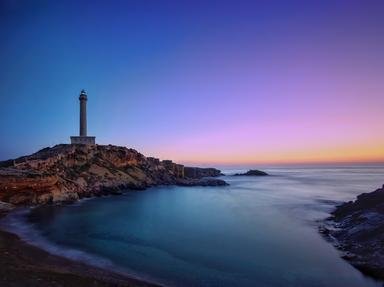Quiz Answer Key and Fun Facts
1. The year is still 1805. You miss your home and loved ones. Life aboard a Man-O-War isn't a pleasure cruise. England has been at war with France since May 1803. Now she's also at war with what other country?
2. What job aboard a Man-of-War were scoundrels usually given?
3. What was the lubber's hole?
4. In March 1780, HMS Victory's hull was covered with 3923, four feet by 14 inches, copper plates that protected her hull from what?
5. "Man the pumps!" How was water removed from the lower decks?
6. Stores and supplies varied depending on where in the world HMS Victory was. Fresh provisions would be supplemented whenever possible. How many tonnes of provisions could HMS Victory hold?
7. What were "grabbies"?
8. A "chanteyman" did what aboard a Man-of-War?
9. The best sailors on a Man-of-War worked where?
10. Let's see if I can trick you again. How many crew members made up a six-man gun crew?
11. Which of these is NOT a type of shot fired from a Man-of-War's cannon?
12. What was a "shot rolling ship" a sign of?
13. What job aboard a Man-of-War was the most difficult and needed the most crew members to perform?
14. The Navy's salute was unusual because every seaman greeted a senior officer with their palm turned in towards their face. Why were their palms turned towards their foreheads when they saluted?
15. Generally speaking, which crew member was the most disliked and the most mistrusted by the officers and men aboard an English Man-of-War?
16. Who were the only crew members allowed to whistle aboard a Man-of-War?
17. How many "ship's boats" did HMS Victory carry?
18. HMS Victory's figurehead bears the Medieval French motto of the Order of the Garter, "Honi Soit Qui Mal Y Pense", which means ...?
19. Who aboard HMS Victory slept in a coffin?
20. What were the "seats of ease"?
21. Were women part of the crew on an English Man-of-War?
22. What signal did Vice Admiral Horatio Nelson send to all English ships at Trafalgar?
23. How many tonnes of gunpowder and cannonballs were used at Trafalgar?
24. What was Vice Admiral Horatio Nelson's last request?
25. First launched in 1765, whatever happened to HMS Victory?
Source: Author
thumbsucker
This quiz was reviewed by FunTrivia editor
bloomsby before going online.
Any errors found in FunTrivia content are routinely corrected through our feedback system.

